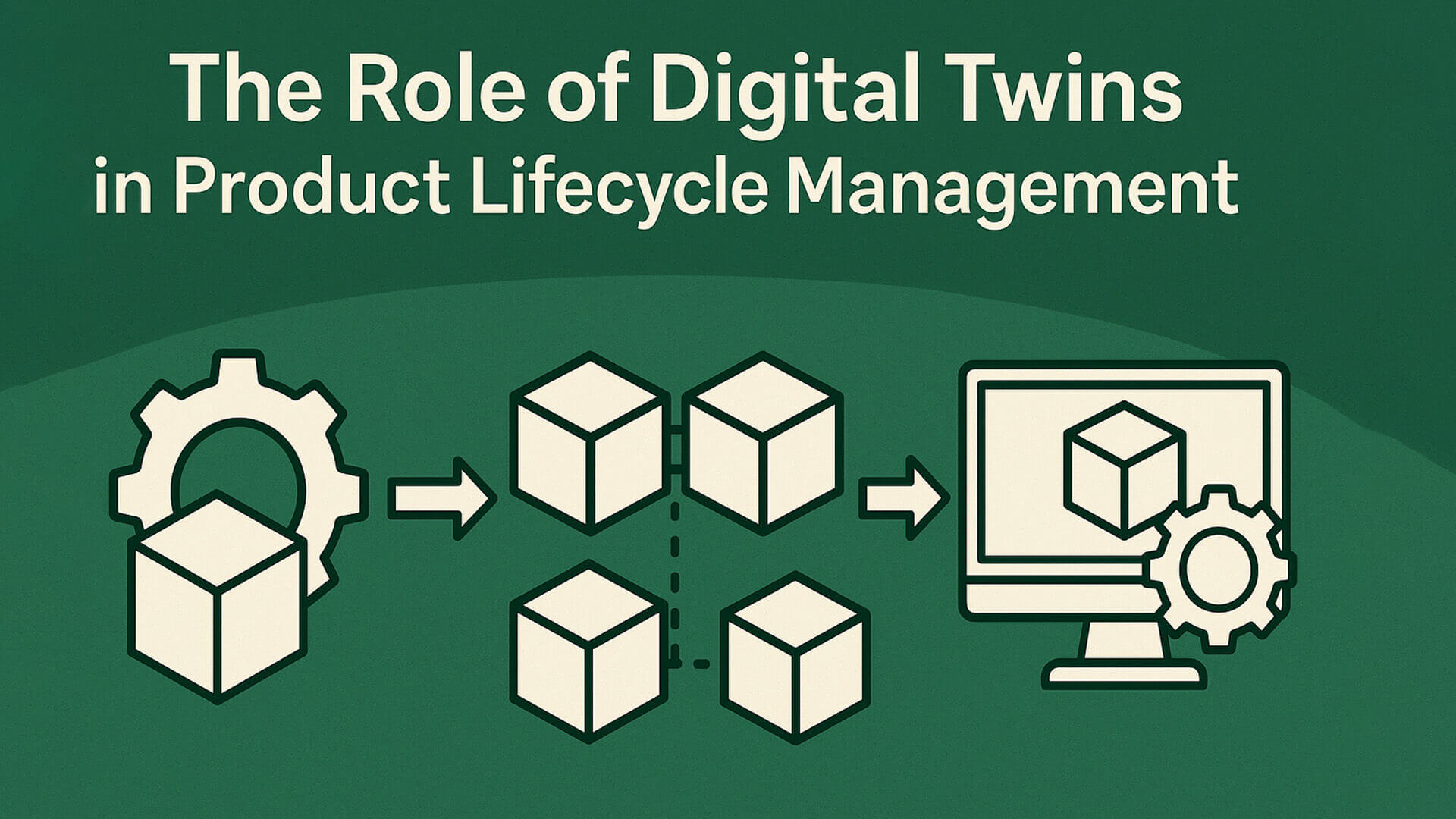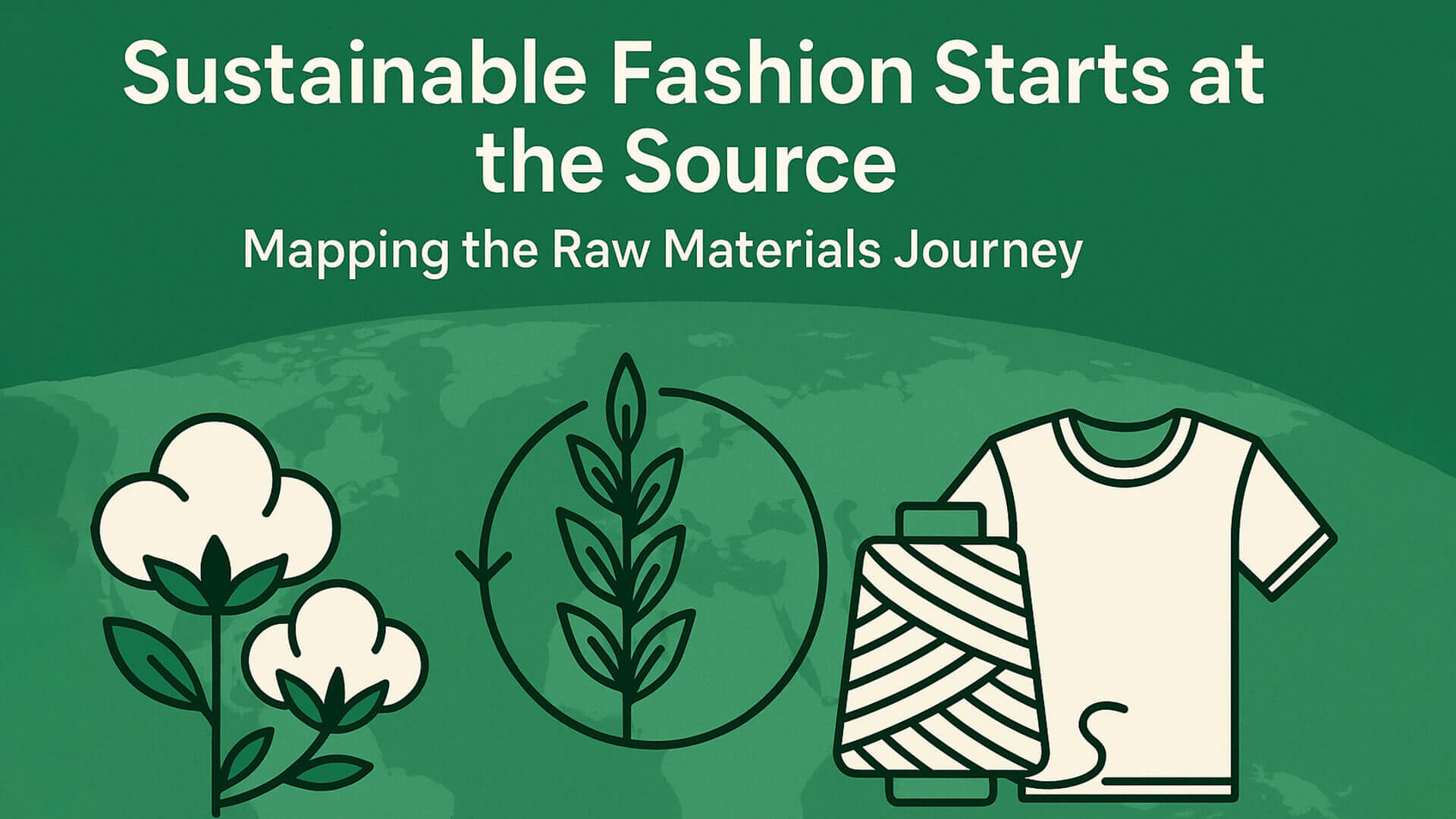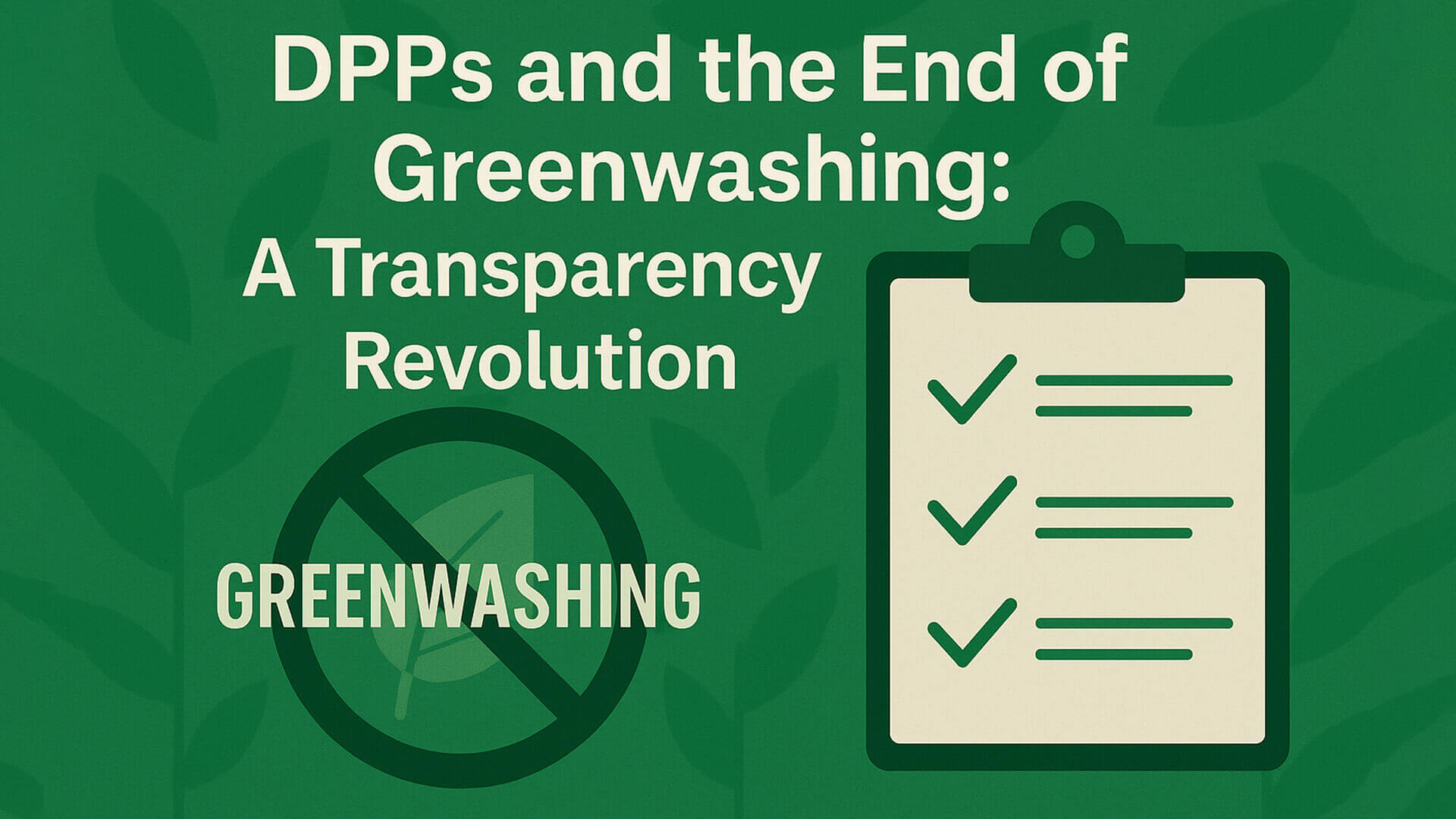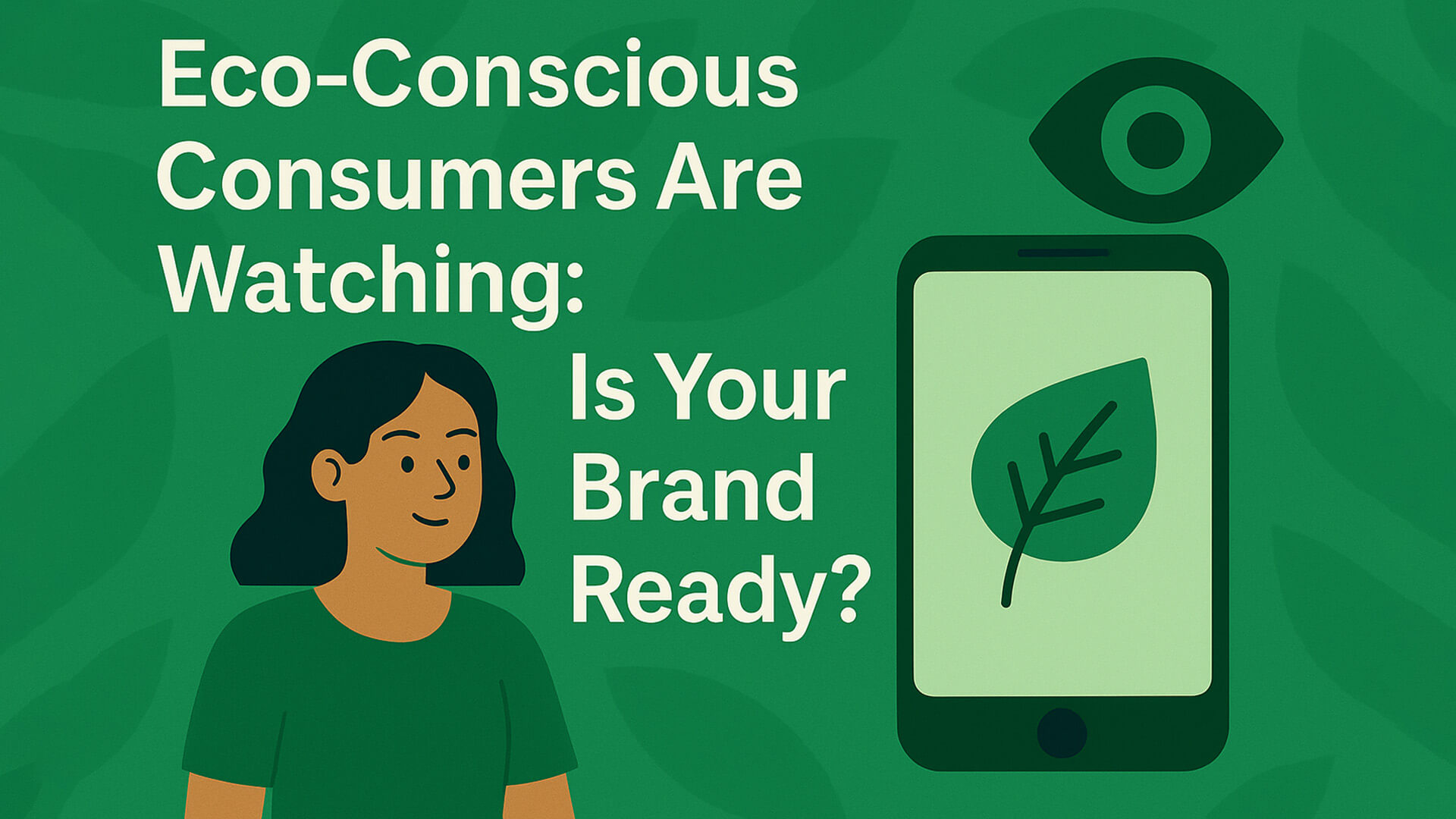- info@greenthreadsdpp.com
- Southampton, United Kingdom
Crafting Your Brand’s Sustainability Story: Tips and Best Practices.

In today's environmentally conscious market, consumers are increasingly looking for brands that demonstrate a commitment to sustainability. Crafting your brand's sustainability story is essential to connect with your audience, build trust, and differentiate your business from competitors. This post will explore actionable tips and best practices to help you articulate your sustainability journey compellingly.
1. Understand Your Audience
Identify Your Target Demographics
- Research Consumer Preferences: Conduct surveys or focus groups to understand what sustainability aspects matter most to your audience.
- Segment Your Market: Tailor your message for different demographics, such as age groups, lifestyle choices, and buying behaviours.
Create Buyer Personas
- Develop Profiles: Create detailed buyer personas that reflect your ideal customers' values and sustainability interests.
- Align Messaging: Use these personas to align your brand’s sustainability story with the interests of your audience.
2. Define Your Sustainability Values
Clarify Your Mission and Vision
- Mission Statement: Articulate a clear mission statement that reflects your commitment to sustainability.
- Long-term Vision: Outline your long-term sustainability goals and how they align with your brand’s overall vision.
Identify Core Values
- Key Principles: Establish core values that guide your sustainability initiatives, such as transparency, innovation, and community impact.
- Integration: Ensure these values are integrated into all aspects of your business, from product development to marketing.
3. Showcase Your Sustainability Efforts
Highlight Initiatives and Achievements
- Case Studies: Share specific examples of sustainability initiatives you've undertaken, such as reducing carbon emissions or using eco-friendly materials.
- Metrics and Results: Provide data and metrics to demonstrate the impact of your sustainability efforts, making your story more credible.
Use Visual Storytelling
- Infographics and Videos: Create engaging visuals that illustrate your sustainability journey and accomplishments.
- Social Media Content: Share behind-the-scenes content on social media platforms to provide authenticity and transparency.
4. Be Authentic and Transparent
Share Challenges and Learnings
- Honest Communication: Don’t shy away from discussing challenges you’ve faced in your sustainability journey. This transparency builds trust.
- Lessons Learned: Share valuable insights gained from your experiences, which can resonate with your audience.
Engage with Stakeholders
- Collaborate with Partners: Work with other brands, NGOs, or local communities to enhance your sustainability efforts.
- Feedback Mechanisms: Create channels for customers and stakeholders to provide feedback on your sustainability practices.
5. Tell a Compelling Narrative
Craft Your Brand Story
- Emotional Connection: Use storytelling techniques to create an emotional connection with your audience. Share anecdotes that highlight your brand's values.
- Create a Journey: Frame your sustainability story as a journey, showcasing your progress over time.
Consistency Across Channels
- Unified Messaging: Ensure your sustainability story is consistent across all marketing channels, including your website, social media, and advertising.
- Tone and Voice: Maintain a consistent tone and voice that reflects your brand’s personality.
6. Engage Your Community
Foster Community Involvement
- Initiate Projects: Engage your customers and local communities in sustainability initiatives, such as clean-up drives or tree-planting events.
- User-Generated Content: Encourage customers to share their sustainability stories related to your brand through social media campaigns.
Build a Sustainability Community
- Online Forums: Create online spaces for discussions about sustainability where your audience can connect and share ideas.
- Educational Content: Provide resources and educational content on sustainability topics relevant to your audience.
7. Measure and Communicate Impact
Track Your Sustainability Metrics
- Set KPIs: Establish key performance indicators (KPIs) to measure the success of your sustainability initiatives.
- Regular Reporting: Communicate your progress regularly through sustainability reports or updates on your website.
Celebrate Milestones
- Share Success Stories: Highlight significant achievements and milestones in your sustainability journey, celebrating them with your audience.
- Recognise Contributions: Acknowledge the efforts of your team and community members who contributed to your sustainability successes.
Conclusion
Crafting a compelling sustainability story is not just about marketing; it’s about building a genuine connection with your audience and fostering trust. By understanding your audience, defining your values, showcasing your efforts, and engaging with the community, you can create a narrative that resonates and drives impact. Remember, sustainability is a journey, and sharing yours authentically will inspire others to join you.





